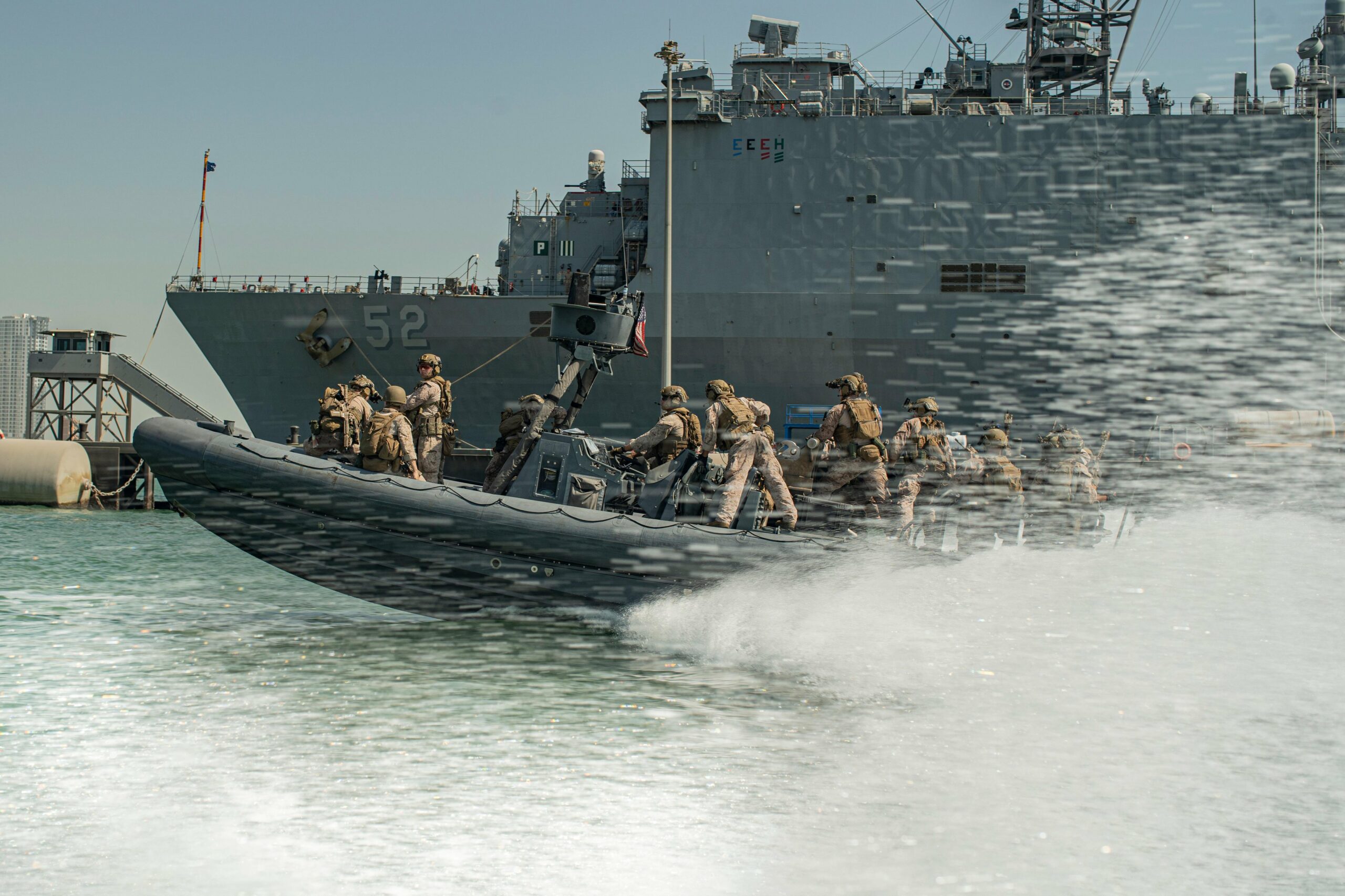What will the future US Navy amphibious ship look like (Fincantieri in dance)

To date, 5 shipyards are working on the US Navy project wanted by the US Marines; among these also Fincantieri which competes through its American subsidiary. An in-depth study by Giovanni Martinelli
There is no doubt that the one underway by the US Marines is one of the most important revolutions faced in the course of their history; first of all from the doctrinal point of view and (consequently) also from that of the structure, the means and the weapon systems at their disposal.
A revolution initiated and carried out (with great determination) by the current Commander of the Marine Corps themselves, that is General David Berger. He started from a consideration as simple as it is fundamental; in fact, the decades of the so-called Global War On Terror (GWOT) had distorted the main characteristics of the most famous landing force in the world, transforming it into a sort of "second Army". In this way, it had gradually lost its “agility” and its typical ability to adapt to changing operational scenarios.
Adding then the fact that, in the new national security strategies, the United States has established that the main threat is no longer terrorism but the return of competition between great powers and that the main power (i.e. threat) to be controlled is precisely China, here is the complete picture. With the Pacific returning then (almost 80 years after the end of the Second World War) to be the main operational theater for the Marines; therefore, it is now necessary to adapt to it and to its peculiar characteristics.
In a whole new way though; that is, acquiring the ability to move quickly, with even small contingents, in a very dispersed way and with the ability to counter multiple threats. All this is exactly at the basis of one of the most important new doctrines that have been developed precisely, that of Expeditionary Advanced Base Operations (EABO). In fact, the aim is to create small advanced operational bases, from which to strike the enemy and provide any support to larger contingents or other operational assets. Bases that are quick to create but also to be abandoned if the threat level is too high; however, ready to be set up elsewhere to confuse the enemy.
Well, one of the central pivots of this new concept will be represented by an equally new platform strongly desired by the Marines: the Light Amphibious Warship (LAW). As the definition itself tells us, it is a "light" amphibious ship; at least compared to American standards, since usually platforms of this type for the US Navy have a displacement that varies between about 25,000 and 45,000 tons.
With the LAW, however, the change will be significant. Because although we are still in a phase of defining the final characteristics, many ideas already appear sufficiently clear. Length that can reach about 120 meters, displacement up to 4,000 tons, reduced draft and, above all, autonomous capacity to directly disembark men and vehicles on the ground. The crew must be small (between 40 and 59 men) and the LAW will also be able to carry up to 75 Marines with its own means / equipment; the latter will then have large covered loading areas at their disposal.
The transit speed must be 14/15 knots (a parameter that is questionable due to its "modesty" …), the range of at least 3,500 miles and, in order to contain costs, the main on-board systems (sensors, communication and weapon) must be brought to the bare minimum. Even if the units in question must still have adequate levels of "survival" in case of damage on board.
Precisely that of costs will therefore be a crucial factor because current plans foresee that in the future they will be in service between 24 and 35 LAW, with the first planned purchase around 2023. Therefore, being able to stay within the objectives set, namely about $ 150 million for each ship will be key to ensuring the full success of this program. Also because the funds are certainly not infinite and the US Navy , in the face of other needs, may not even consider the requirements linked to the LAW so stringent; unlike the Marines for which, however, these new ships are fundamental.
In the meantime, 5 shipyards are currently working on the project; among these also Fincantieri which competes through its American subsidiary. A strong presence now in the United States, an indication of the possession of skills and "expertise" that can certainly be considered as one of the most serious contenders for the award of the contract.
This is a machine translation from Italian language of a post published on Start Magazine at the URL https://www.startmag.it/smartcity/come-sara-la-futura-nave-anfibia-della-us-navy-fincantieri-in-ballo/ on Sun, 20 Feb 2022 09:53:21 +0000.
